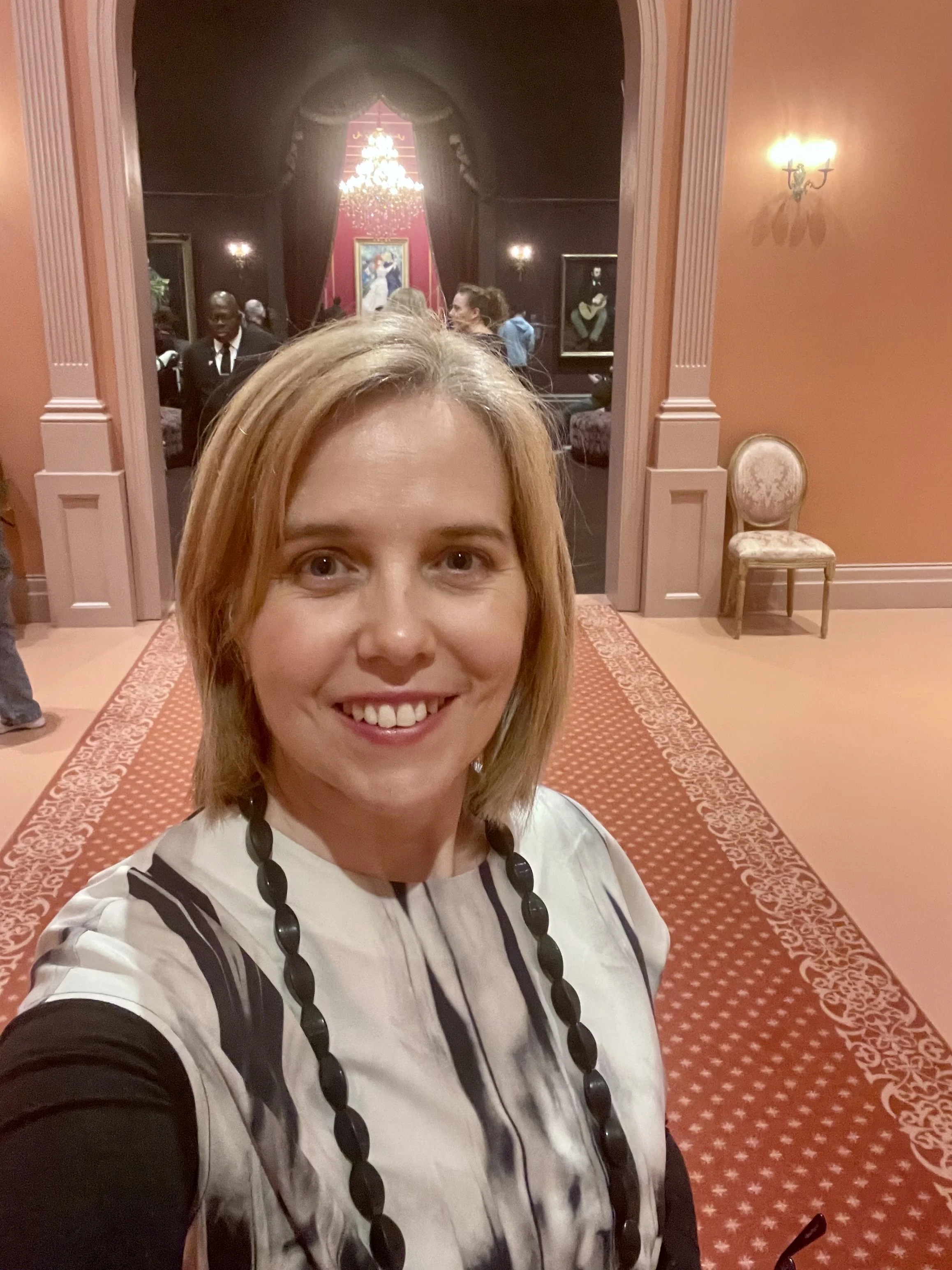Imposter Syndrome: Why it Persists and How to Outgrow it
Why success can increase self-doubt - and what you can do daily to push past it
By Suzie Thoraval
“When you doubt your power, you give power to your doubt.”
I recently went to the Impressionists exhibition at the National Gallery of Victoria. Walking into a luminous room filled with Renoir’s masterpieces like The Dance at Bougival (1883), The Seine at Chatou (1881) beautifully displayed—I felt my heart sing. The warm light and vibrant brushstrokes resonated with me and I felt they reflected the joy of living.
Yet the audio commentary shared a surprising fact: around that very time, Renoir was in the grip of deep self-doubt. He is known to have admitted that he felt he didn’t know how to paint or draw—even though a few months earlier his painting Luncheon of the Boating Party (1881) had been hailed as “one of the best things Renoir has painted.”
That contrast was striking. Mastery standing shoulder to shoulder with self-doubt. It’s a reminder: that inner voice whispering “not good enough” often appears right at the edge of real progress.
How normal is imposter syndrome, really?
More than you might expect, particularly among high achievers. Renoir’s self-doubt reflects a pattern researchers see often in accomplished people.
A 2025 systematic review and meta-analysis published in BMC Psychology found that nearly two-thirds of participants reported imposter feelings, often connected with stress, burnout, and anxiety. A 2019 study of more than 14,000 people found prevalence rates of imposter syndrome ranging widely, with the highest levels in demanding or competitive environments. Among early-career educators, more than nine out of ten reported moderate imposter feelings, and over half said they experienced them frequently.
In some ways it is understandable, success brings visibility, higher stakes, and closer comparison. Stepping onto larger stages and taking on greater responsibility can heighten self-doubt, even when external evidence shows strong performance.
Even the greats felt It
When asked how it felt to be seen as a ‘symbol of hope’, Michelle Obama said: “I still have a little ‘impostor syndrome.’ It never goes away, that feeling that you shouldn’t take me that seriously. What do I know?” Maya Angelou once admitted: “I have written eleven books, but each time I think, ‘Uh oh, they’re going to find me out now.”
Late in life, Albert Einstein confessed to a friend: “The exaggerated esteem in which my lifework is held makes me very ill at ease. I feel compelled to think of myself as an involuntary swindler.” Sheryl Sandberg, technology executive, philanthropist and writer, has spoken openly about the weight of self-doubt, even in the C-suite. In her book, Lean In, she reports that every time she excelled, she felt she had ‘fooled everyone yet again’ and feared being caught.
Success doesn’t immunise us from imposter feelings. Often, it amplifies them.
The self-critic in the passenger seat
The doubting voice psychologists call the inner critic is designed to keep us cautious, scanning for mistakes to help us survive uncertainty. In small doses, it keeps us grounded and prepared.
When that voice grows too loud, it takes us off course.
Imagine you’re driving your life forward. If the self-critic is in the passenger seat, its constant commentary distracts. If it takes the wheel, your confidence stalls. You hesitate, second-guess, and lean toward safety over growth.
The longer it sits upfront, the more control it takes. Opportunities shrink, ideas fade, and possibilities narrow.
Sometimes you need to put that voice in the back-back seat—right down the end of the seven-seater, where it’s still present but far away. It can be acknowledged without overpowering your sense of direction.
Why the shadow follows the spotlight
Success is like a spotlight on stage. The brighter the light, the more defined the shadow behind you. The shadow isn’t a flaw. It’s a natural consequence of visibility. The more exposed we are, the more we notice what feels unfinished.
Doubt is often a signal of caring. It shows that the work matters and that you are stretching into meaningful territory.
Adaptive stability: walking with the shadow
You don’t need to silence doubt completely. But you can learn to walk with it—without handing it control.
That’s the essence of adaptive stability: steadying yourself in uncertainty by staying anchored to your values and the evidence of your experience.
In practice, this looks like:
Mindset shift: “This discomfort doesn’t mean I’m unqualified—it means I’m growing.”
Self-evidence: Keep a record of feedback and wins to revisit when doubt grows loud.
Curiosity over perfection: Instead of asking what if I fail?, ask what is this showing me?
When doubt surfaces
Next time you are feeling like a fraud, try saying to yourself:
“This feeling means I’m doing something that matters.”
“Doubt doesn’t mean I’m incapable—it means I’m human.”
“I’ve succeeded before, I can succeed again.”
If the inner critic won’t quiet down, change its position.
Picture asking it to climb right out of the passenger seat and squeeze into the back-back row, where it can’t distract you from the road ahead. Or give it a silly voice—like Elmo’s—so its warnings sound too absurd to take seriously.
Ask yourself:
When have I achieved something valuable, even while feeling unsure?
Which stories am I replaying that no longer serve me?
If a colleague expressed these doubts, how would I respond?
What evidence reassures me that I belong here?
How can I move my inner critic to the “back-back seat” today?
Light beyond the shadow
Renoir and the other greats remind us that even the masters wrestle with shadows of self-doubt. Doubt in oneself does not define who you are and what you can achieve. It is a companion on the path of growth. The question is whether you let it sit up front, steering your choices, or whether you place it further back so your own voice leads.
Next time your critic pipes up, how will you take the wheel with confidence and remind yourself of the evidence that you already belong?

